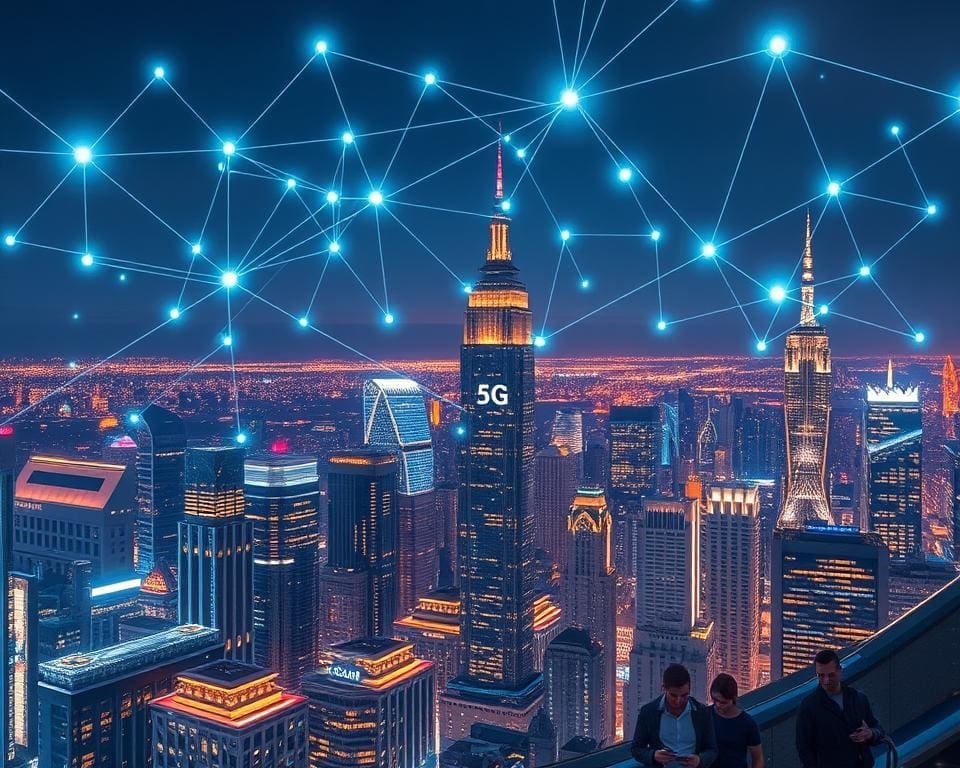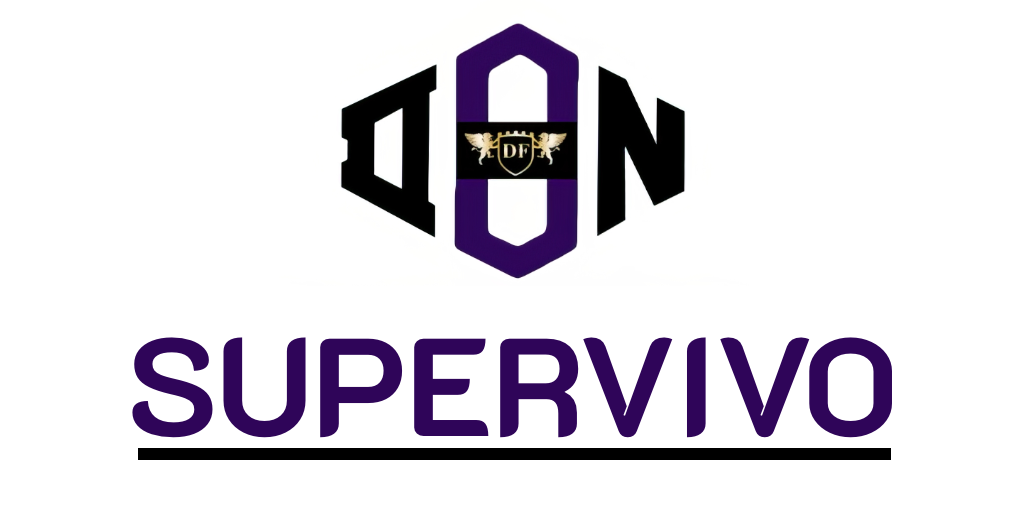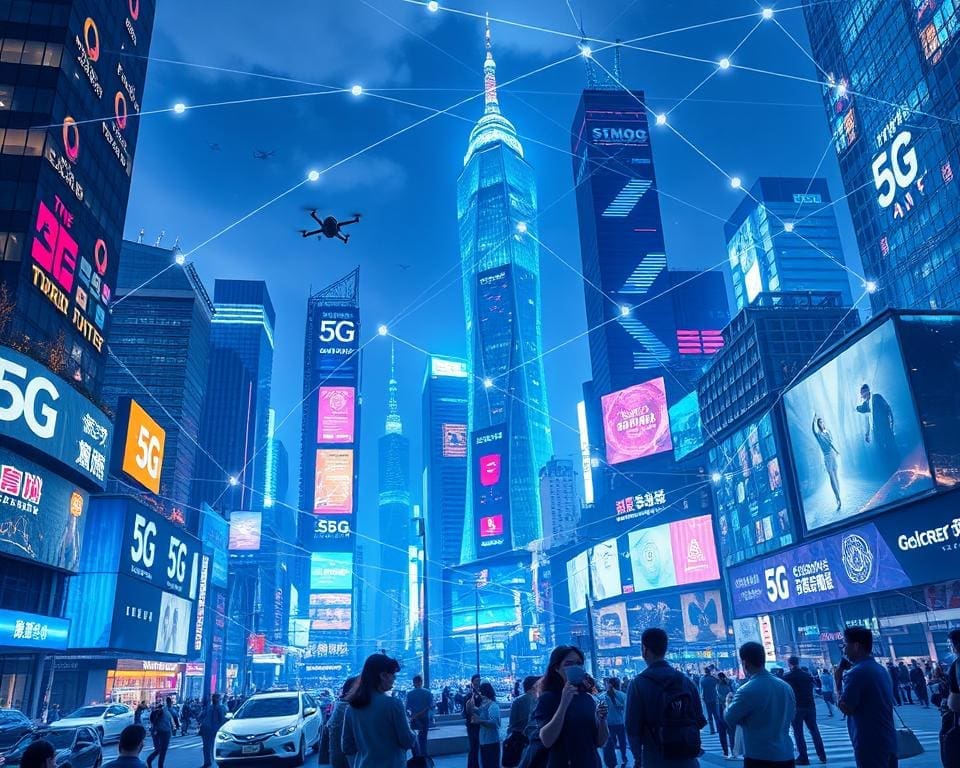The advent of 5G networks is set to revolutionise our digital future, offering unprecedented capabilities that transcend the limitations of previous generations. This emerging technology is not just about faster internet; it’s about creating a highly interconnected world that enhances telecommunications, transforms businesses, and enriches everyday consumer experiences. As we stand on the brink of this digital evolution, the impact of 5G networks becomes increasingly evident—bridging gaps in connectivity, sparking innovation, and paving the way for exciting advancements like the Internet of Things (IoT). Together, these advancements inspire a vision of a seamlessly connected society where the possibilities are endless.
Introduction to 5G Networks
The advent of 5G Networks represents a pivotal moment in the evolution of wireless technology. As we transition from 4G to this groundbreaking framework, the need for enhanced connectivity becomes increasingly apparent. 5G is not merely an incremental upgrade; it embodies a comprehensive reimagining of how mobile networks can meet the demands of today’s digital future.
This new generation of technology promises remarkable speed, reduced latency, and the capacity to connect a multitude of devices simultaneously. As a result, consumers and businesses alike can benefit from seamless communication and enhanced services. The dynamic nature of our connected world necessitates robust infrastructure, and 5G Networks are designed to fulfil these expectations.
Globally, countries are advancing rapidly in the adoption of 5G technology. The UK stands out as a significant player in this arena, actively developing strategies to integrate 5G into daily life. This technological leap not only enhances connectivity but also paves the way for future innovations, enabling us to envision a digital future filled with endless possibilities.

The Technology Behind 5G
Understanding the intricate workings of 5G technology reveals the advancements that have transformed mobile communications. At the heart of 5G is an architecture designed to support faster speeds and more reliable connections, which are critical for the burgeoning Internet of Things.
How 5G Technology Works
5G technology utilises several innovations, including small cells, which are low-powered nodes that enhance coverage in densely populated areas. Massive MIMO (Multiple Input Multiple Output) employs multiple antennas at both the transmitter and receiver ends, significantly increasing capacity and efficiency. Millimetre wave technology enables data to be transmitted over higher frequencies, allowing for increased data rates and reduced latency.
The Evolution of Mobile Networks
The journey of mobile networks has seen remarkable milestones, evolving from the simplicity of 1G to the enhanced capabilities of 5G. Each generation brought transformative changes: 2G introduced digital voice transmission, 3G enabled mobile internet access, and 4G paved the way for streaming and high-speed connectivity. Now, 5G technology is set to revolutionise how devices communicate, offering unprecedented potential for the Internet of Things and reshaping the landscape of mobile networks worldwide.
5G Networks: The Impact on Our Digital Future
The impact of 5G networks on various sectors is nothing short of revolutionary. With speeds exponentially greater than ever before, 5G technology paves the way for immense potential in the realms of business, education, healthcare, and entertainment. The enhanced connectivity and reliability stir a wave of digital transformation, enabling industries to rethink operations and innovate their services.
In fact, businesses can harness the power of 5G to streamline operations, enhancing customer interactions and creating a seamless user experience. By adopting these advanced networks, companies can implement innovative solutions that cater to the evolving needs of their customers. This capability supports the growth of smart technologies and accelerates the integration of innovation into everyday practices.
A paradigm shift in education is also on the horizon. Virtual classrooms could become more interactive and accessible, enabling students to engage with new learning materials from anywhere across the globe. Meanwhile, healthcare systems can leverage these networks to improve patient care through telemedicine and remote monitoring, redefining how healthcare is delivered.
As we embrace the impact of 5G networks, the possibilities seem endless. From enhancing consumer experiences to facilitating significant advancements across multiple sectors, 5G stands as a cornerstone in the development of future digital infrastructures. The journey towards a highly connected world is underway, forging pathways to a more integrated and efficient digital landscape.
Enhancing Connectivity Across the UK
The advent of 5G networks offers an unprecedented opportunity for enhancing connectivity across the UK. By addressing the lingering digital divide, 5G plays a crucial role in ensuring that both urban and rural communities can access essential digital resources.
Bridging the Digital Divide
Efforts to bridge the digital divide involve collaboration between government agencies and private sector companies. Initiatives such as public funding for infrastructure improvements aim to eliminate barriers that hinder access to high-speed internet. Thoughtful deployment of 5G technology ensures that underserved areas receive the connectivity necessary for education, healthcare, and economic opportunities.
Improving Rural Connectivity
Rural connectivity remains a significant challenge for many regions across the UK. The expansion of 5G networks presents an effective solution for improving access. Enhanced telecommunications in these areas can lead to increased investment and the creation of local jobs. Furthermore, 5G connectivity empowers residents to engage with online services, fostering greater inclusion.
Driving Innovation in the Internet of Things
The emergence of 5G networks significantly propels innovation in the Internet of Things, paving the way for a future where technology seamlessly integrates into our daily lives. This transformation is particularly evident in the realms of Smart Homes and Innovating Cities, where a multitude of connected devices work in harmony to create more efficient and sustainable environments.
Smart Homes and Cities
Smart Homes have become increasingly prevalent, showcasing how connectivity enhances the convenience and functionality of living spaces. With 5G’s low latency and high capacity, homeowners can now control smart appliances, monitor energy consumption, and ensure security from anywhere. Similarly, Innovating Cities benefit from intelligent infrastructure that optimises traffic flow, reduces energy use, and enhances overall public safety.
Connected Devices and Their Applications
The range of applications powered by connected devices continues to expand. From advanced energy management systems that lower utility costs to urban infrastructure that utilises real-time data for improved decision-making, the Internet of Things exemplifies how technology can elevate our quality of life. These developments create not only smarter homes but also a more connected community, fostering an environment where sustainability and efficiency are at the forefront.
The Speed and Efficiency of 5G
The Speed of 5G marks a groundbreaking advancement in mobile technology. This new standard dramatically outpaces its predecessor, 4G, offering opportunities that were previously unimaginable. Telephone networks evolve, yet the impact of 5G stands out due to its exceptional Efficiency in processing data swiftly and reliably.
Users can expect download speeds reaching up to 10Gbps, which facilitates rapid content streaming and smooth online gaming experiences. Latency plummets to as low as one millisecond, allowing for near-instantaneous data transfer, a crucial factor in scenarios such as remote surgeries and virtual reality applications.
One cannot overlook the improved capacity that 5G networks offer. This enhancement supports a greater number of connected devices without sacrificing Network Performance. Such functionality is especially important in an age dominated by the Internet of Things (IoT), where multiple devices demand simultaneous connections.
As industries adapt to this new environment, sectors such as entertainment, healthcare, and industrial automation are poised to undergo transformative changes. The Efficiency of 5G technology will serve as a backbone for innovations, ultimately reshaping user experiences while driving economic growth.
5G Networks and the Future of Business
The advent of 5G networks heralds a new era in the Future of Business, fundamentally reshaping how industries operate. Enhanced connectivity and unprecedented speeds enable companies to harness data more effectively, leading to remarkable operational efficiencies and innovative solutions. As businesses adapt to this transformative landscape, the effects ripple through various sectors, paving the way for significant Industry Transformation.
Transforming Industries through Enhanced Connectivity
Businesses across the globe are beginning to realise the immense potential of 5G technology. This transformation is not confined to one sector; industries such as logistics, manufacturing, and healthcare are all experiencing substantial changes. Through improved connectivity, companies can optimise supply chains, automate processes, and offer real-time data analysis, enhancing their overall productivity. The possibilities extend to remote work capabilities and interactive customer experiences, which are becoming vital in today’s market.
Case Studies of 5G Implementation
Several real-world Case Studies illustrate the tangible benefits of 5G integration. For instance, a leading logistics company in the UK has successfully implemented 5G to streamline its operations. The deployment of smart sensors allows for precise tracking of goods, significantly reducing delays and operational costs. Similarly, in the healthcare sector, telemedicine services are expanding due to fast, reliable connections, enabling doctors to provide care remotely. These examples demonstrate that 5G is not merely a technological upgrade; it represents a transformative force that will redefine the Future of Business.
The Challenges and Considerations of 5G Deployment
The rollout of 5G networks presents a unique set of challenges and considerations that must be addressed to ensure seamless integration and widespread adoption. Two critical aspects of this process include adequate infrastructure requirements and persistent security challenges. Understanding these factors will aid stakeholders in navigating the complexities of 5G deployment.
Infrastructure Requirements
The success of 5G deployment heavily relies on robust infrastructure. This involves establishing a dense network of small cells and enhancing fibre optic connections to facilitate high-speed connectivity. Key components of the required infrastructure include:
- Installation of numerous small cells to enhance coverage.
- Implementation of advanced fibre optic networks for backhaul connectivity.
- Coordinating with local authorities for site approvals and identification of suitable locations.
- Ensuring a reliable power supply for new installations.
Building this infrastructure will demand significant investment and collaborative efforts from telecom providers, local governments, and technology partners.
Security Challenges and Solutions
With the advent of 5G, new security challenges emerge, primarily due to increased connectivity and the proliferation of the Internet of Things (IoT). This creates potential vulnerabilities that malicious actors could exploit. To mitigate such risks, it is crucial to implement comprehensive security measures. Some recommended solutions include:
- Utilising enhanced encryption methods to protect data in transit.
- Developing robust cybersecurity protocols tailored for 5G networks.
- Conducting regular security audits and vulnerability assessments.
- Fostering a culture of cybersecurity awareness among users and industry participants.
By proactively addressing these security challenges, stakeholders can create a safer environment for users while capitalising on the benefits of advanced 5G deployment.
The Role of 5G in Shaping Consumer Experience
The advent of 5G technology is fundamentally revolutionising the Consumer Experience by introducing unprecedented levels of speed and connectivity. With its ability to support a vast array of devices simultaneously, 5G enables businesses to deliver enhanced interaction to customers, fostering deeper engagement and satisfaction. This leap in technology not only improves the quality of service but also streamlines operations, allowing for more personalised experiences tailored to the individual needs of consumers.
As brands integrate 5G capabilities into their platforms, we witness the emergence of sophisticated applications in mobile entertainment, virtual reality, and interactive services. These innovations offer immersive experiences that were previously unimaginable, enhancing consumer participation in ways that resonate on a personal level. The 5G role in this evolution cannot be overstated; it empowers companies to break traditional boundaries, creating a dynamic environment rich with opportunities for meaningful interactions.
Ultimately, the impact of 5G on the Consumer Experience extends far beyond just speed; it lays the groundwork for a future where connectivity and user engagement are paramount. As consumers enjoy more responsive and intuitive services, businesses that harness the power of 5G are well-positioned to thrive in an ever-evolving digital landscape, thus driving customer loyalty and satisfaction to new heights.









